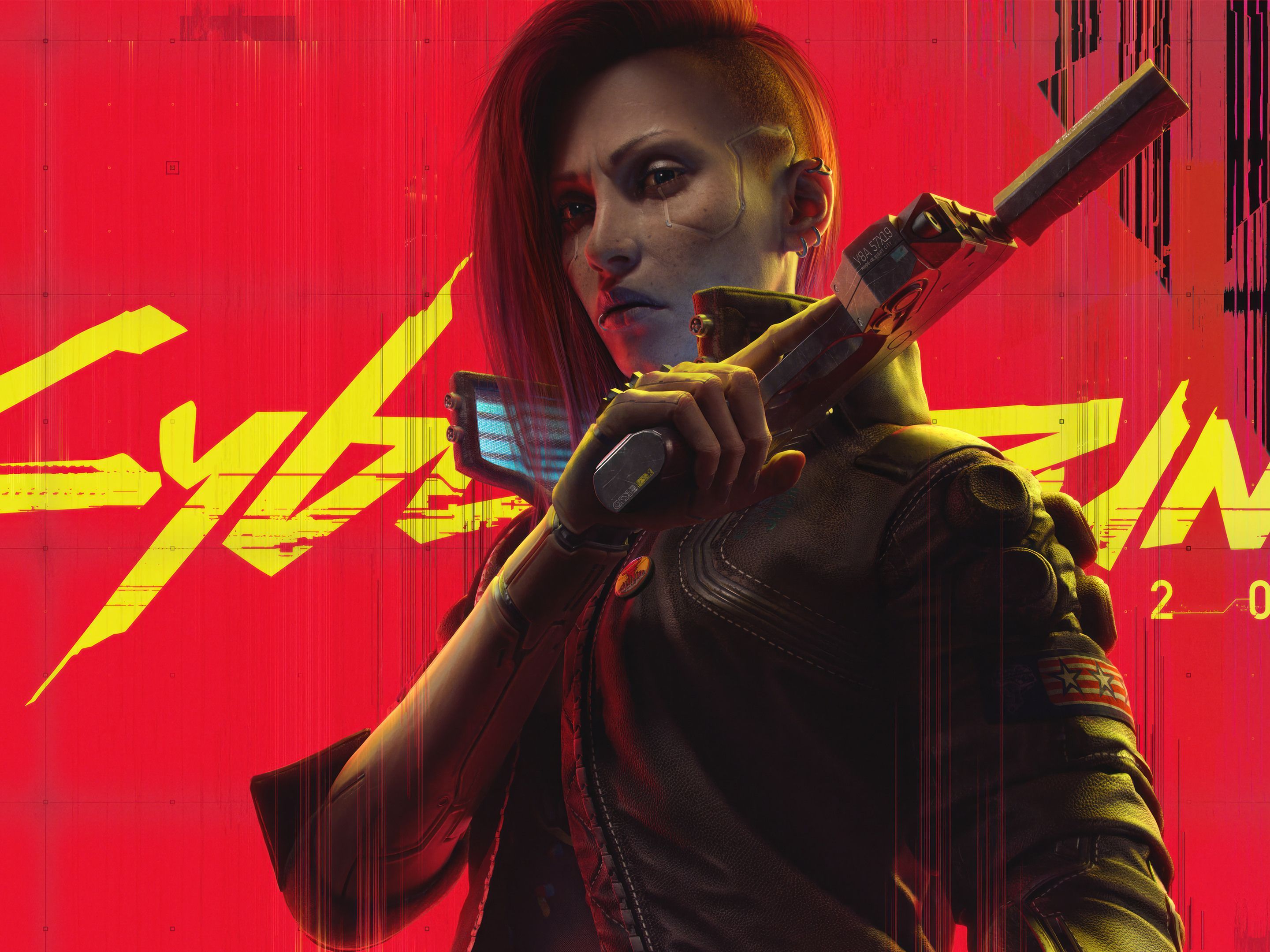In the fast-paced world of AAA game journalism, the pressure to break news first often clashes with the ethical imperative to report accurately. Misinformation, rumors, and speculative leaks can spread like wildfire, potentially damaging studios, misleading consumers, and eroding the trust that is a publication’s most valuable currency. To navigate this complex landscape, game news journalists employ a sophisticated arsenal of fact-checking tools and methodologies. Their toolkit is a blend of digital verification software, old-school investigative techniques, and a deeply ingrained culture of skepticism.
The initial challenge for any journalist is the sheer volume of information that floods their inbox and social feeds daily. Press releases, embargoed materials, anonymous tips, and viral social media posts all require immediate scrutiny. The first line of defense is often digital verification tools. Platforms like Google Reverse Image Search and TinEye are indispensable. When a leaker claims to have a screenshot from an upcoming Grand Theft Auto or Elder Scrolls title, journalists can quickly upload the image to these services to check for earlier instances online. A match on a fan-forum artwork thread from years prior immediately debunks the "leak." For video content, tools like InVID and YouTube DataViewer help break down videos into keyframes, allowing journalists to verify the upload time and check thumbnails for manipulation.
Beyond visual media, the provenance of documents is critical. A PDF purporting to be a confidential internal memo from a major publisher needs verification. Journalists might examine the document’s metadata using Adobe Acrobat or other PDF analysis tools to check creation dates, author information, and editing history—details that can reveal a forgery. Furthermore, geolocation plays a role. If a source provides a video claiming to be from a specific studio’s motion-capture stage, journalists can use tools like Google Earth or satellite imagery to cross-reference the background details with the known location of the studio, checking for inconsistencies.
However, technology alone is insufficient. The most crucial tool in a journalist’s kit is their network of human sources. Years of cultivating relationships with developers, public relations representatives, community managers, and other journalists create a web of confidential contacts. Before publishing a major story about studio troubles or a project reboot, a reputable journalist will engage in a process of triangulation. They will not rely on a single anonymous source; instead, they will cautiously reach out to multiple contacts within and around the company to corroborate the story’s key facts. This human element is irreplaceable. A PR contact might officially decline to comment but, off the record, guide a journalist away from a false narrative, preserving both the relationship and the publication’s integrity.
This is where the understanding of embargoes and PR cycles becomes a form of fact-checking in itself. Major publishers like Sony, Microsoft, and EA operate on strict embargo schedules. A journalist receiving a press kit or review code knows the exact time they are permitted to publish. If another outlet breaks a story using that material early, it’s an immediate red flag. They can cross-reference the leaked information with their own embargoed materials to verify its accuracy while also recognizing the breach of protocol. This system, while designed for controlled marketing, provides a verified baseline of information against which rumors can be measured.
The rise of sophisticated AI-generated content and deepfakes presents a new frontier for fact-checking. The gaming community has already seen convincing AI-generated voices mimicking famous characters and fake screenshots created by diffusion models. Combating this requires even more advanced tools. Journalists are beginning to look towards emerging forensic software designed to detect AI manipulation, such as analyzing pixel-level inconsistencies in images or unnatural audio patterns in voice clips. Yet, again, this technological arms race is backed by human intuition. A journalist familiar with a developer’s art style or a writer’s narrative tone can often sense when something is "off," even before the digital tools confirm it.
Perhaps the most underrated tool is the journalist’s own institutional knowledge and critical thinking. A fact-checker or senior editor with a decade of experience in the industry brings a wealth of context to any story. They know that a certain leaker has a mixed track record, that a particular forum is a known hub for creative fiction, or that a purported "leak" follows a predictable and outlandish pattern. They apply basic questions to every tip: Who is the source? What is their motive? Does this align with the studio’s known pipeline and previous statements? This internal skepticism is the engine that drives the use of all other tools.

Finally, the process is cemented by a formalized editorial workflow. In major outlets like IGN, GameSpot, or Kotaku, stories—especially those based on leaks or sensitive reports—undergo multiple layers of review. A reporter files a piece, which is then scrutinized by a section editor for sourcing and clarity, and often by a dedicated fact-checker or legal team for any potential red flags. This multi-gate process ensures that no single journalist’s enthusiasm or error can compromise the publication’s standards.
In conclusion, the fact-checking regimen of a AAA game news journalist is a multi-faceted discipline. It is a synergy of cutting-edge digital verification technology, a robust network of trusted human sources, a deep understanding of industry protocols, and an unwavering commitment to editorial ethics. In an era where misinformation can launch a thousand hype cycles or destroy a developer’s reputation, these tools are not just professional assets—they are essential bulwarks protecting the truth for an audience of millions. The race to be first will always exist, but for the most credible journalists, it will never outweigh the duty to be right.
















